Emirates Mission to Mars – EMM: The Emirates Mars Mission is the United Arab Emirates mission to Mars. EMM was designed to orbit Mars and analyze the Martian atmosphere’s dynamics on a global scale and on both daily and seasonal timescales. Using three instruments on the spacecraft board, EMM will provide a set of measurements fundamental to an improved understanding of circulation and weather in the lower and middle atmosphere.
Combining such information with the monitoring of the top layers of the air, EMM measurements will show the mechanisms behind the upward transport of energy and particles and the subsequent escape of atmospheric particles from Mars’ gravitation.
JOINING GLOBAL EFFORTS
The Mars Exploration Program Advisory Group is a fundamental forum through which consensus is reached among the international Mars science community about the scientific goals and investigations which ought to be pursued to further humanity’s knowledge of Mars.Emirates Mission to Mars – EMM
MEPAG 2020 Goals Document summarizes four primary purposes
- Determine if Mars has ever supported life, or supports, life.
- Know the procedures and history of the climate on Mars
- Understanding the origin and evolution of Mars as a geological system
- Preparing for human exploration. All of those high-level goals are flowed down into a series of objectives, all that is subsequently flowed down to more than one sub-objectives and advocated investigations.
The EMM science objectives and investigations are related to Objective II MEPAG: Understanding the processes and history of climate on Mars. Mainly, by studying the lower and upper air simultaneously, all four EMM investigations address MEPAG Objective II. A: Characterize the nation and control procedures of the present-day climate of Mars under the present orbital configuration.
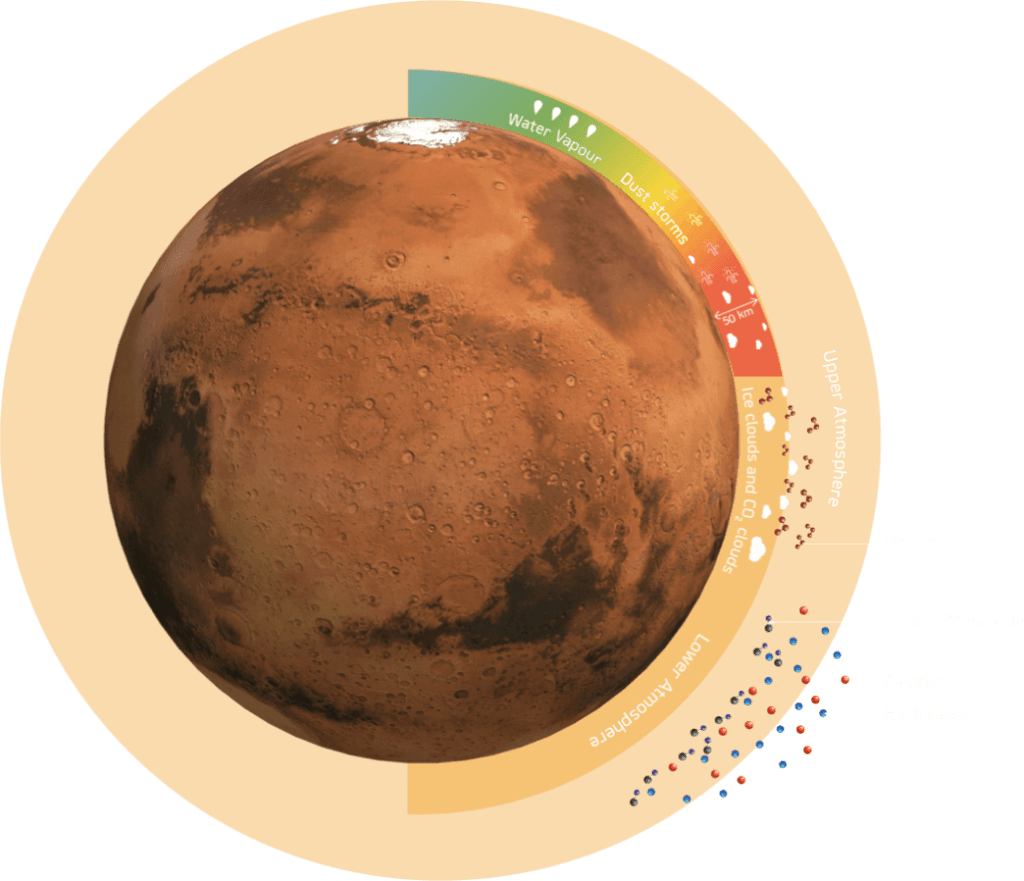
EARLY OPERATION
After the hope probe separates from the top point, an automated sequence will wake the examination. The central computer will boot up and down on the heaters to prevent the gas. It’ll then deploy the solar array panels and use the sun sensors to discover the sun and maneuver that the solar arrays start to charge the onboard battery.
People Also Read: UAE Nation Brand – The New Seven Lines
With the power switched on, the Hope Probe will begin transmitting to Earth, with the NASA Deep Space Network ground station in Madrid ready to pick up on the signals. After the message is obtained on the ground station, the EMM operations team will begin their spacecraft tests. Once the communication system is checked out, the control system will ensure that the spacecraft is pointed in the right direction.
The propulsion system onboard will provide maneuvers to enhance the Hope Probe’s trajectory towards Mars. The Hope Probe is ready for its seven-month-long journey to Mars, covering 493, 500, 000 kilometers.
Launch Vehicle
The Hope Probe is going to be launched into space from the Tanegashima Space Center in Japan aboard an H2A202 rocket, a part of the H IIA launch vehicle family. The H IIA launch vehicle is a highly efficient rocket developed and run by Mitsubishi Heavy Industries. Mitsubishi Heavy Industries offers all services related to the spacecraft launch, including the vehicle launch interface co-ordination, and launching Operations in the Tanegashima Space Centre.
The Japan Aerospace Exploration Agency takes good care of starting website center, range safety, and flight safety. The launch vehicle consists of a first stage, second Stage, fairing, and a set of Solid Rocket Boosters.
The propulsion system of the launch vehicle uses liquid hydrogen and liquid oxygen—first Stage. The First Stage of the H IIA rocket system is composed of a high-performance LE-7A motor, an engine section, a propulsion system tank charged with liquid hydrogen and liquid oxygen, a center section connecting the containers, and an intermediate phase section relating the second and first phases.
Emirates Mission to Mars – EMM

Solid Rocket Booster
The Solid Rocket Boosters supplement the total thrust with shooting for about 100 seconds from liftoff. The two Solid Rocket Boosters are connected to the First Stage. Second Stage. The 2nd Stage comprises a LE-5B motor, a propulsion system tank billed with liquid hydrogen and liquid oxygen and electronic devices. The LE-5B engine at the second Stage could be fired up to 3 times.


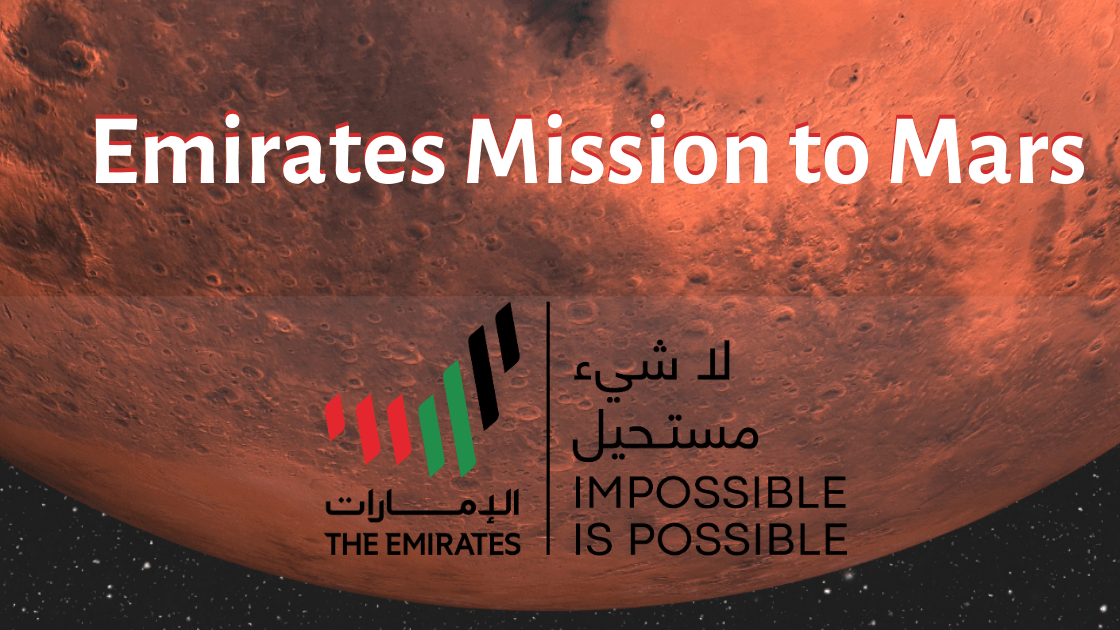

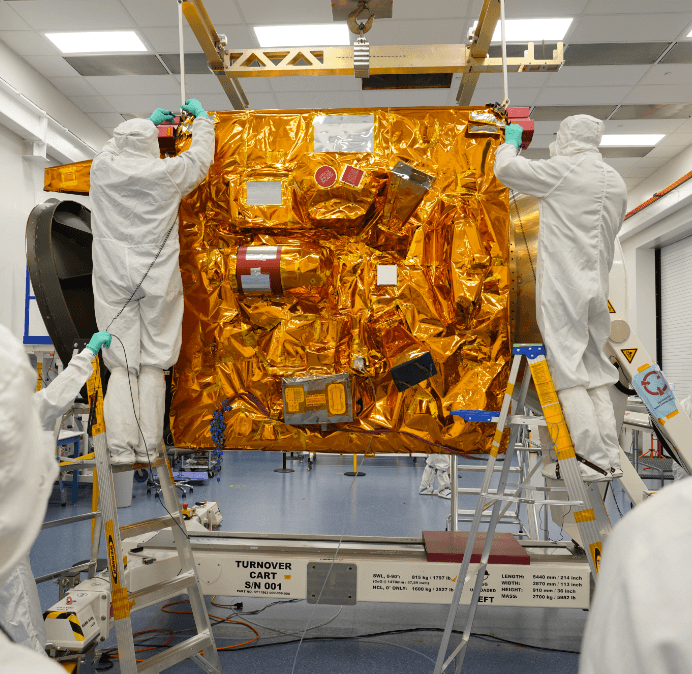
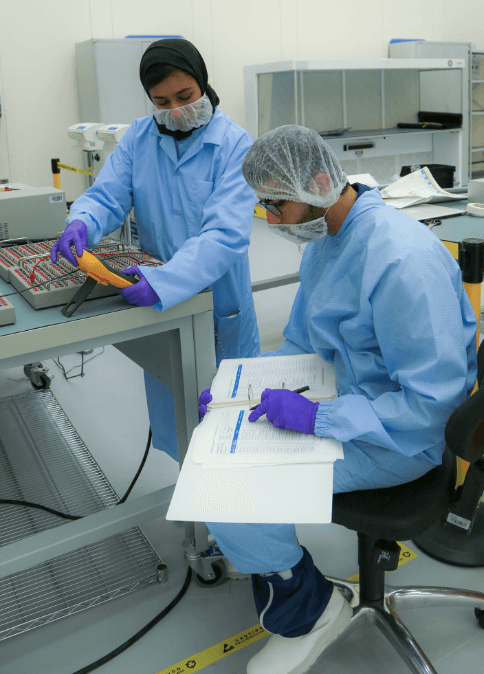
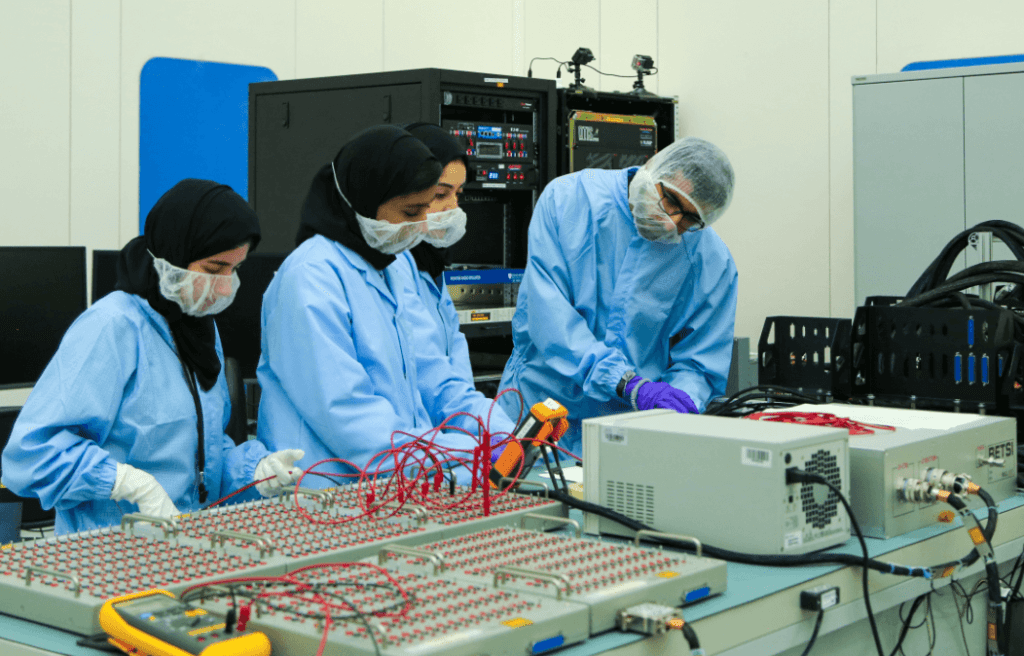
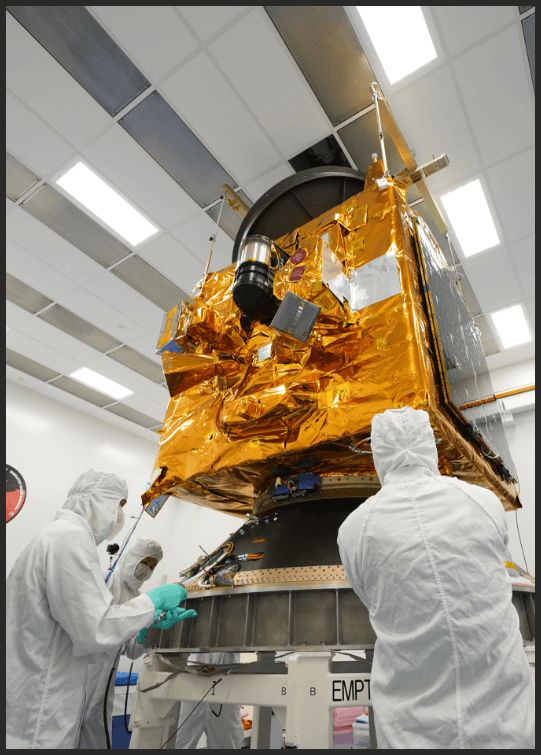


Leave a Comment